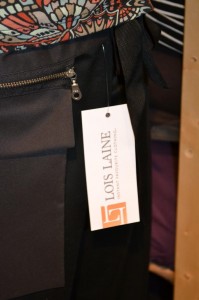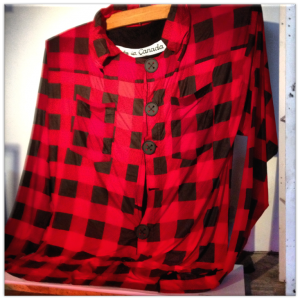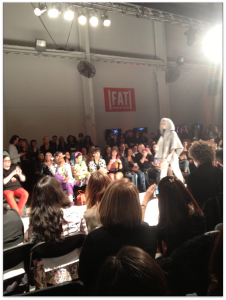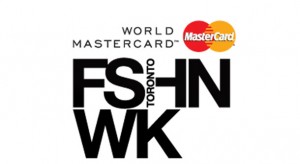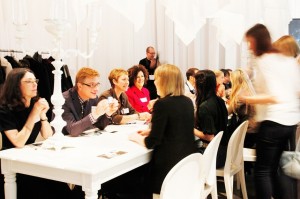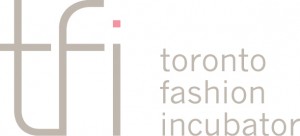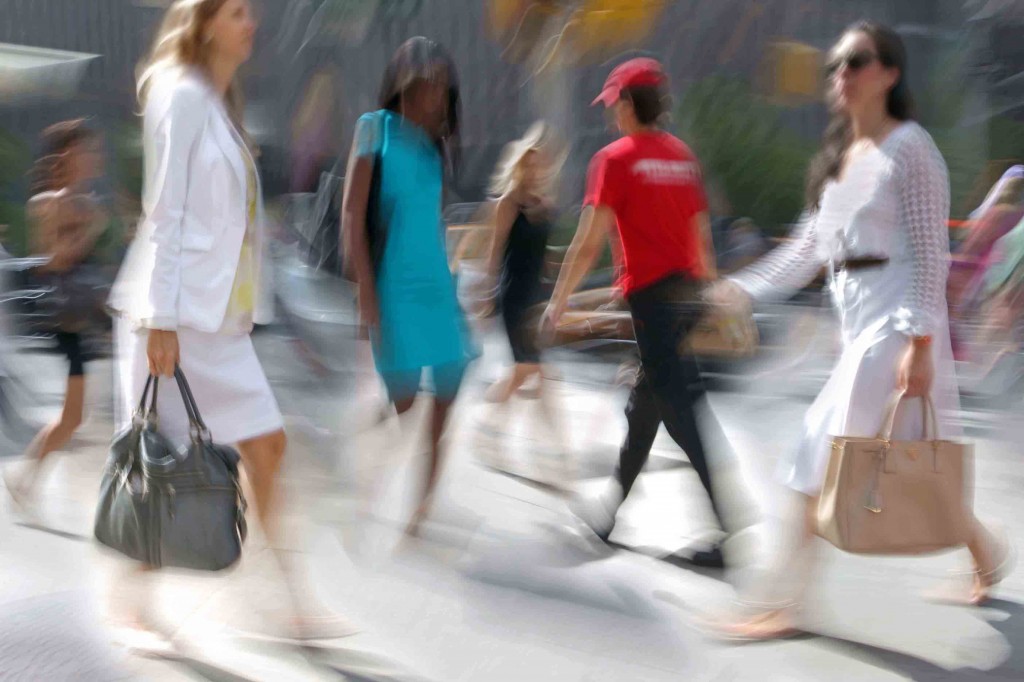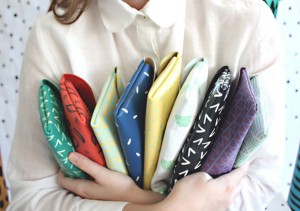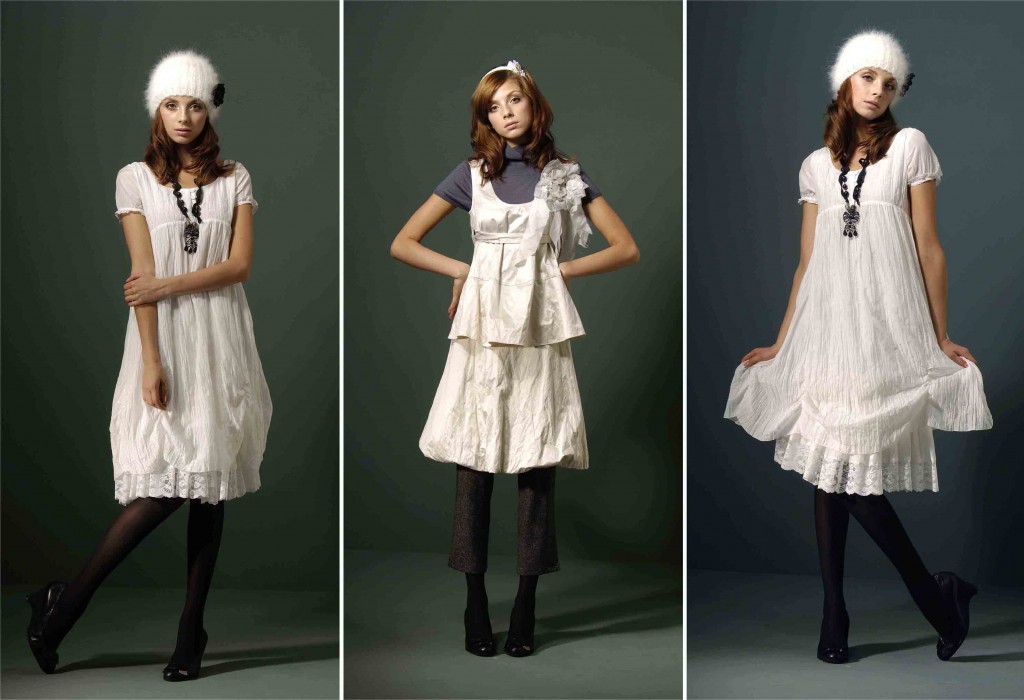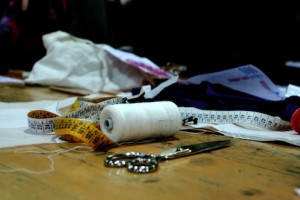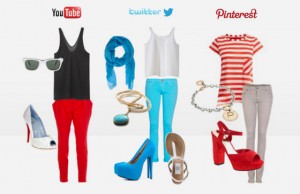Five Tips for any Successful Crowdfunding Campaign
In a web 2.0 generation, the ‘crowd’ is synonymous with the buzzword, crowdfunding. This collective effort of the crowd or “wisdom of the crowd” has become a mainstay for the creation and success of many early stage companies, startups and digital platforms.
From the many successful crowdfunding campaigns through Kickstarter and Indiegogo it seems like this trend won’t be disappearing anytime soon. While, we may think crowdfunding is an easy and simple effort in actuality it requires extensive thinking and planning. What makes a crowdfunding campaign successful? Many would ask. To explore this question, let’s look at five tips for crowdfunding success.
Do your research. When planning a crowdfunding campaign, research is a crucial step that shouldn’t be overlooked. Research provides the building blocks to understanding your key demographic, competition, and place in the market. By doing your research, you can stumble upon other successful crowdfunding projects, which could lead to inspiration and ideas for your project. Additionally, you’ll need to research relevant media and keep an ongoing list of people who may be interested in your project.

Define the specifics: Defining and knowing your brand is important. For instance, spend time planning out your goals, missions, and any descriptions that resonate with your product. Here, you should consider the perks or incentives that will encourage people to get involved and support your campaign.
Communicate your brand: While, knowing your brand is important you’ll need to communicate it to others. In order for potential backers and media to support you, and the crowd to follow, make sure your pitch is genuine and well articulated. Simply telling people about your product won’t lead to success, you’ll need to create a story for your product. Resist the hard facts and tech specs, and opt for a story that connects with people in a meaningful way. Add in some creativity and weave in videos, images, and anything that will catch people’s interest.
Leverage your social networks: The words ‘hype’ and ‘buzz’ should resonate with your ambitions for a successful crowdfunding campaign. Get heavily connected to social channels to help spread the word about your crowdfunding efforts. You’ll want your crowdfunding project to be promoted to people in your personal social networks and beyond. By reaching out such as through a tweet, you can connect to like-minded and tech-savvy people to start channeling the interaction about your efforts. In addition, you can generate a lot of buzz by reaching out to bloggers, journalists, and reporters for potential press coverage and media recognition.
Always recognize your contributors and supporters: Have a ready to go list of core contacts that can help promote your crowdfunding efforts. These contacts will help contribute and make the project successful, and also give you the extra confidence and positivity needed for launching. Even after the initial burst of energy after launching, you’ll need to stay engaged, which requires frequent updates to your contributors and supporters. These contacts can do wonders for your campaign, but you’ll need to find ways of returning the favour to make them feel important and appreciated for their effort.
Article written by Raylin Grace aka the Red Curl Owl with Luevo. You can follow Raylin at@raylingm
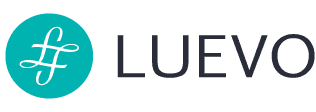
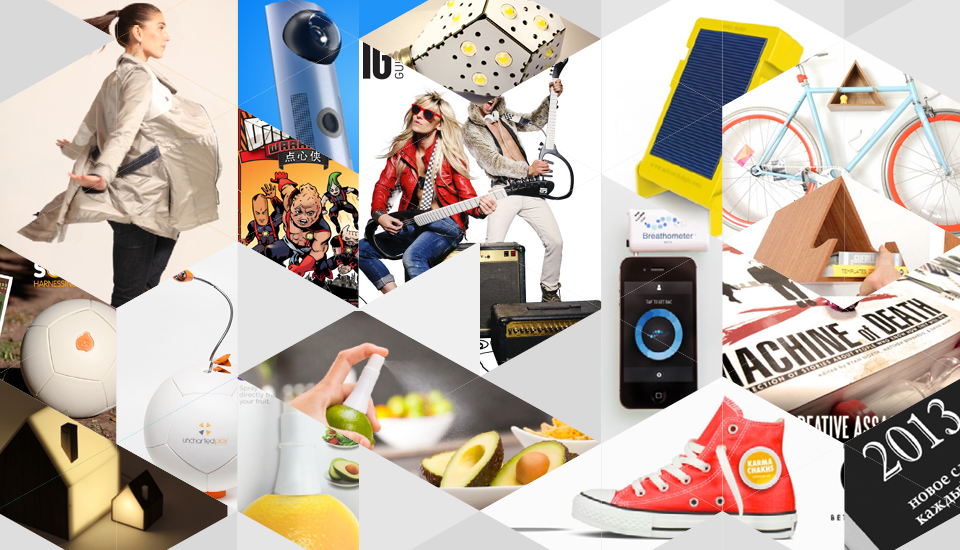
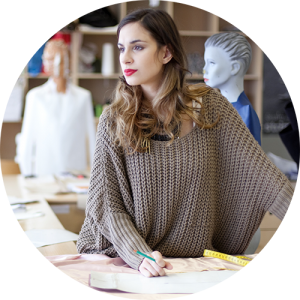
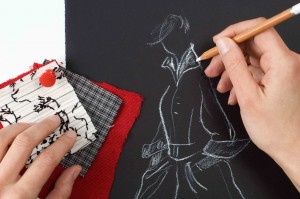
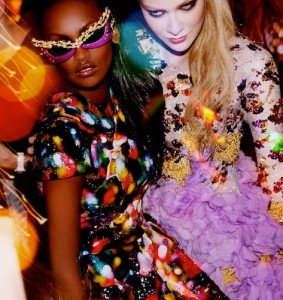
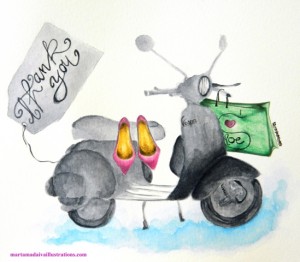
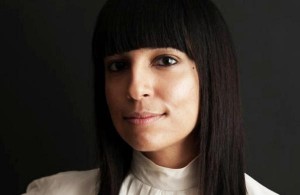
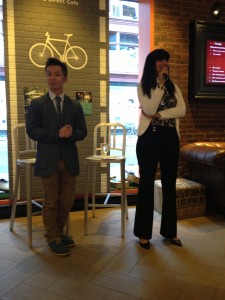
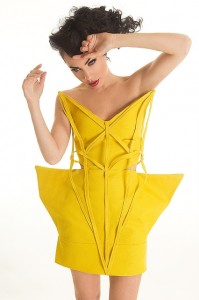 [/one_third_last]
[/one_third_last]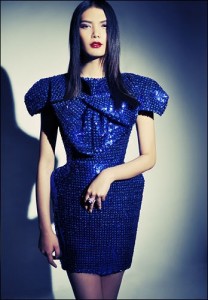 [/one_half_last]
[/one_half_last]